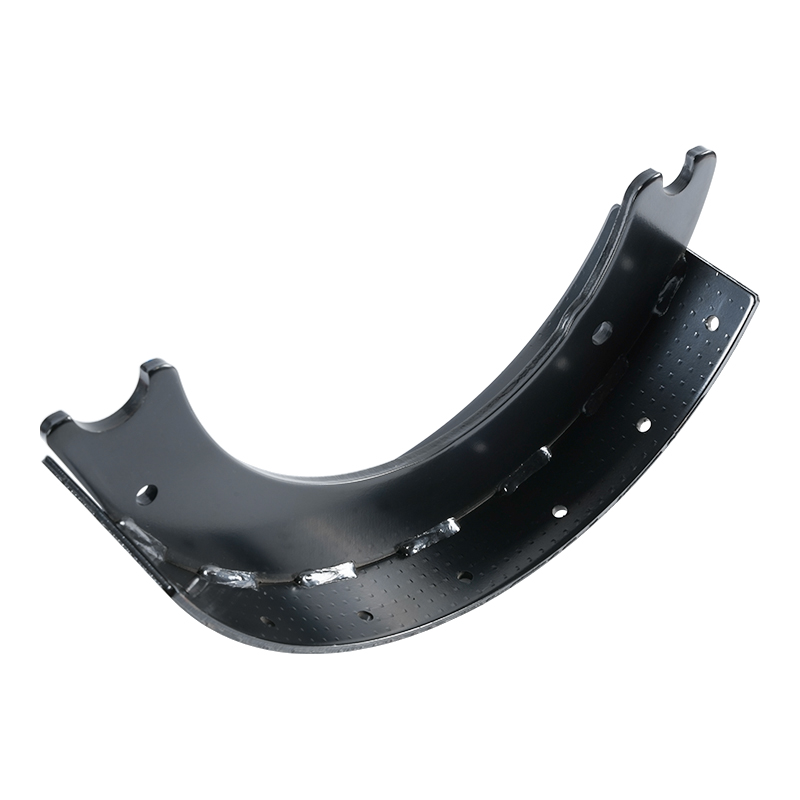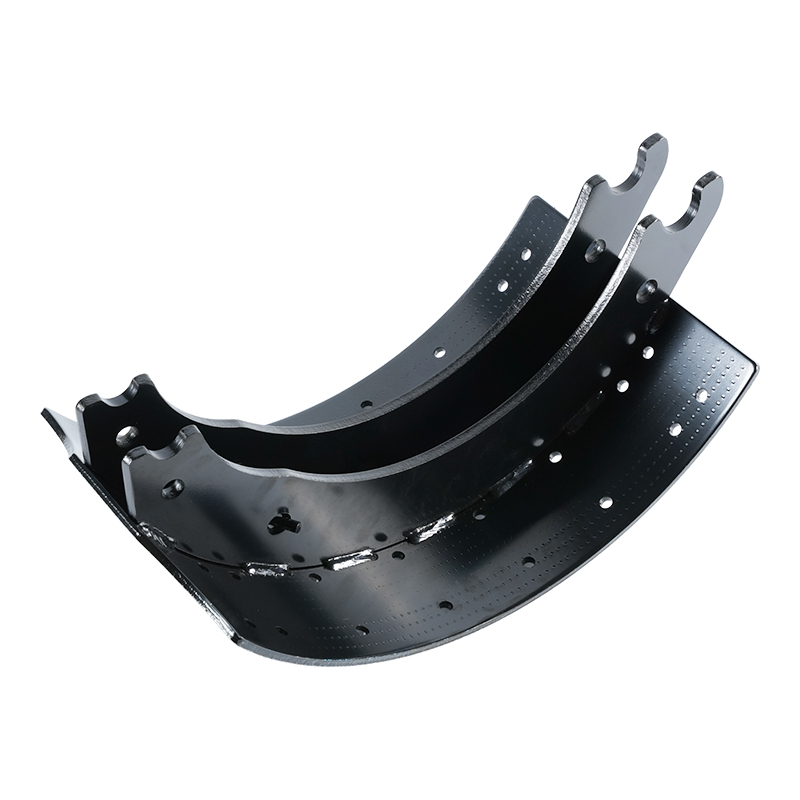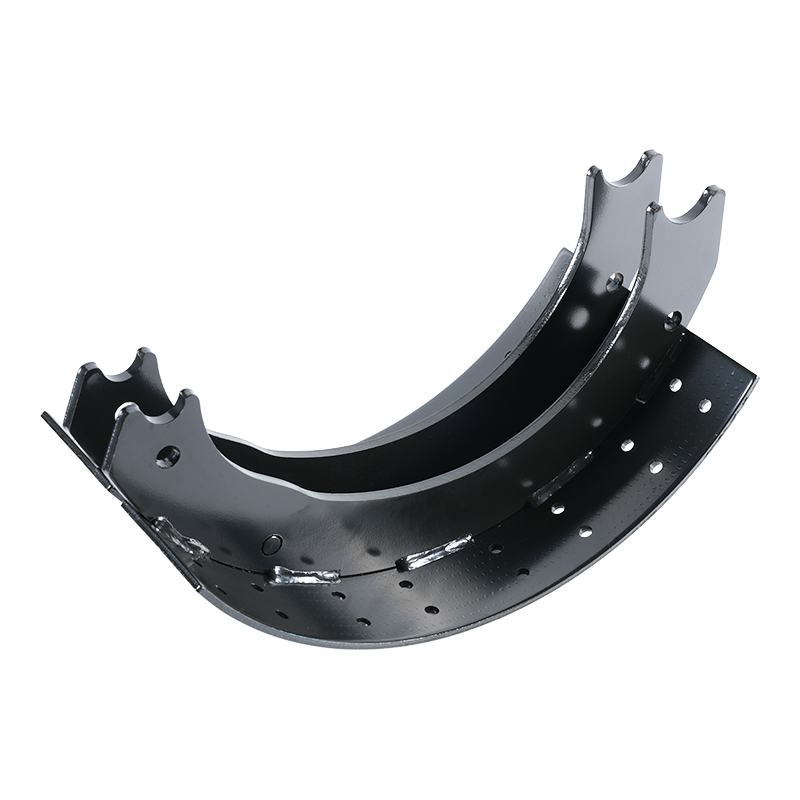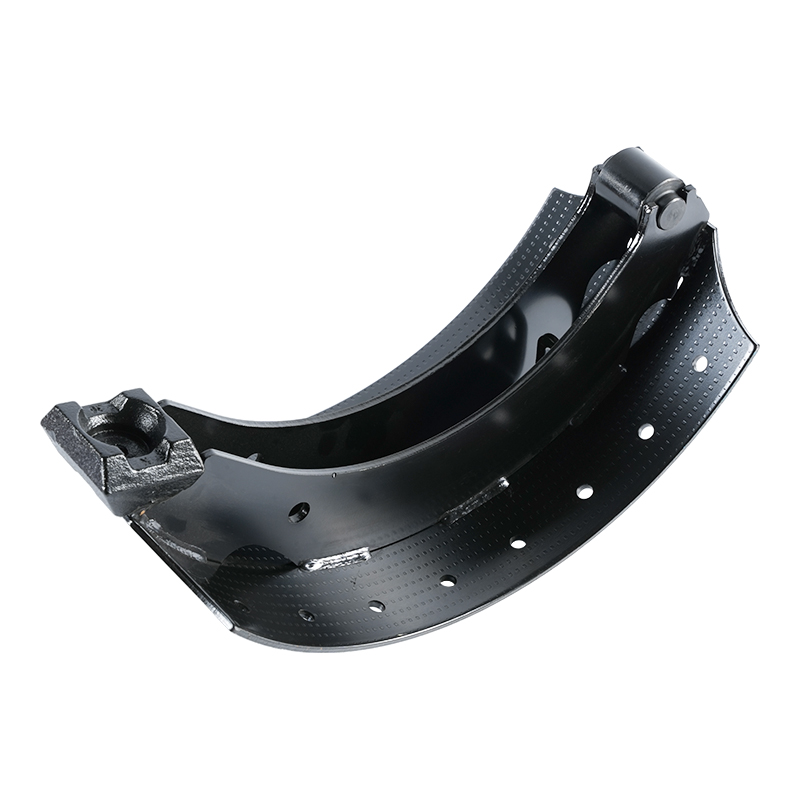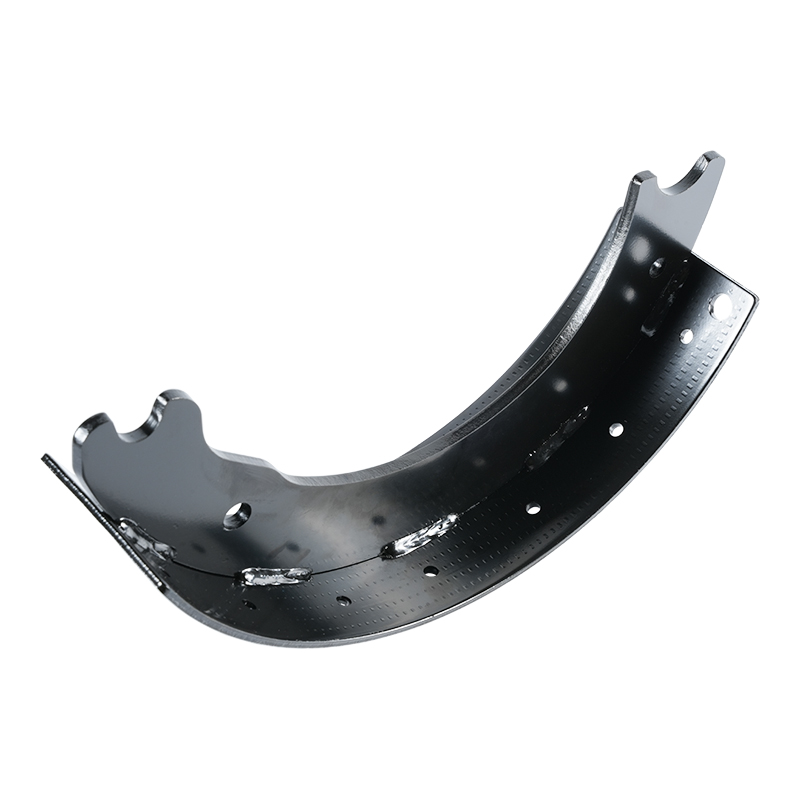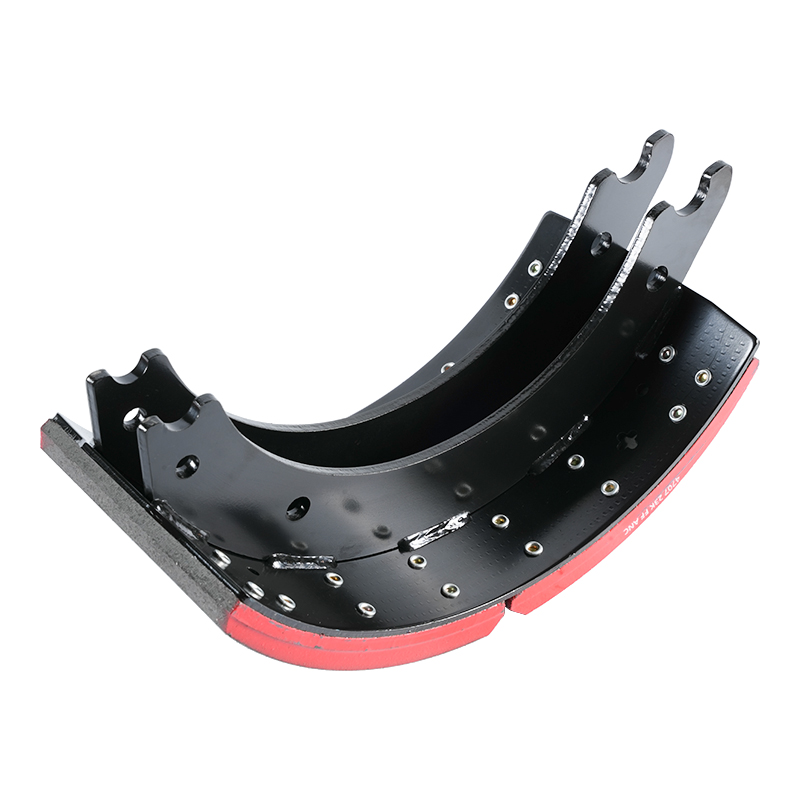What happens if you don't replace worn brake linings?
 2025.09.10
2025.09.10
 Industry News
Industry News
When you press the brake pedal in your car, a complex and critical system springs into action to slow you down. At the heart of this system are the brake linings, the friction material on the brake pads or shoes that contacts the brake rotors or drums. They are designed to wear down over time, but what happens when you ignore this essential wear and don't replace them? The consequences range from minor annoyances to catastrophic failures, all of which compromise your safety.
Decreased Braking Performance
The most immediate and noticeable effect of worn brake linings is a significant reduction in braking efficiency. As the friction material thins, there is less surface area and less effective material to create the friction needed to stop your vehicle. This means you have to press the brake pedal harder and for a longer distance to achieve the same stopping power you once had. Your braking becomes "spongy" and less responsive, severely increasing your stopping distance, which can be the difference between a close call and an accident.
Damage to Other Brake Components
Once the brake linings have worn completely away, you are no longer stopping your car with friction material. Instead, you're using the metal backing plate of the brake pad or the steel shoe itself. This metal-on-metal contact creates an incredibly abrasive force that can cause severe and permanent damage to your brake rotors or drums.
This not only produces a loud, high-pitched screeching or grinding noise but also gouges and scores the rotor or drum surface. This damage can't be fixed by simply installing new brake pads. The rotors will either need to be resurfaced (if there's enough material left) or, more likely, completely replaced. This significantly increases the cost of the repair, turning what would have been a simple pad replacement into a much more expensive brake system overhaul.
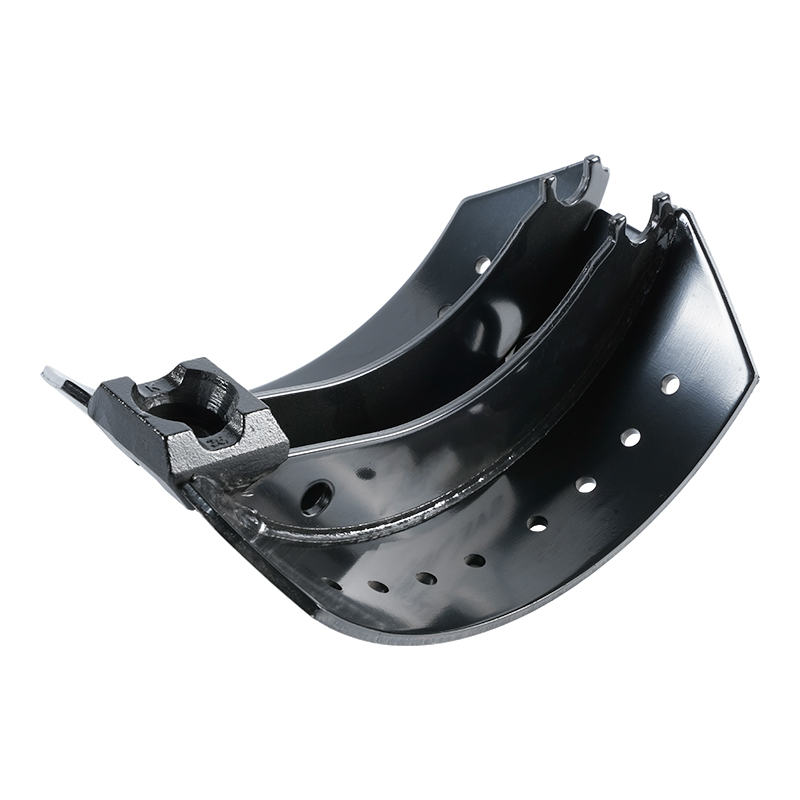
Increased Risk of Brake Failure
The ultimate danger of not replacing worn brake linings is the increased risk of a complete brake failure. When the friction material is gone and the metal backing plate is grinding against the rotor, the immense heat generated can cause the brake fluid to boil. This creates air bubbles in the brake lines, leading to a condition known as "brake fade." With air in the system, you can press the brake pedal all the way to the floor with little to no braking effect.
In extreme cases, the metal-on-metal friction can also cause a brake pad to become dislodged or a brake caliper piston to over-extend, leading to a total loss of braking ability. This is a critical safety issue that can result in a serious accident, as the driver loses all control over the vehicle's speed.
When to Replace Your Brake Linings
Knowing the signs of worn brake linings is crucial. Common indicators include:
-
Squealing or grinding noises when you brake.
-
A "spongy" or soft feeling when you press the brake pedal.
-
The brake warning light on your dashboard.
-
Vibrations felt through the brake pedal or steering wheel.
-
The car pulling to one side when you apply the brakes.
In summary, ignoring worn brake linings isn't just a minor inconvenience; it's a critical safety risk with potentially severe financial and personal consequences. Regular brake inspections and timely replacement are essential to maintaining your vehicle's safety and performance. Don't wait until you hear the grinding—prioritize your safety and have your brakes checked regularly.

 Eng
Eng  中文简体
中文简体
